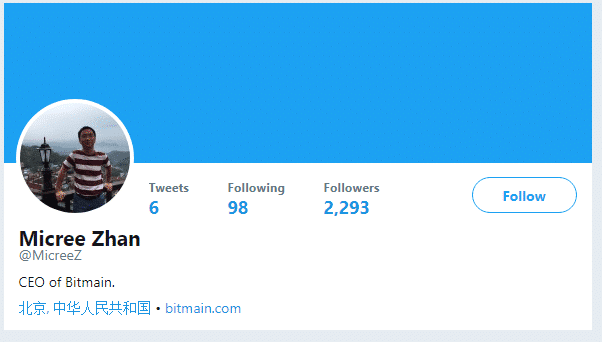Last updated Jul 9, 2018 Big Ideas from the Crypto Investing World Blockcrunch Season Recap 0 38 Share For season 1 of the Blockcrunch Podcast , we focused mostly on interviewing top minds in the world of blockchain about macro ideas. We discussed frameworks used by investors to categorize and value cryptoassets, theses that drive investment selection, metrics used to evaluate investments, interesting use cases of blockchain , and a lot more. After 4 months, we are officially wrapping up season 1. Learning about crypto is like drinking from a hose. Thanks to the generous investors who write, tweet and came onto the show to share their investment thought processes, we now have even more access to frameworks that help newcomers make sense of how the pieces fit together. My brief summaries do not do my interviewees justice, but here are the top 10 investment takeaways I had from our first 16 episodes: 1. “Providing exposure” alone is not a defensible strategy for crypto funds.
Fund managers have to take care of events with no public market analogues for traditional investors (e.
g. custodianship, airdrops, staking, hard forks). Related episode: Hunter Horsley of Bitwise Asset Management: apple.co/2ugjlSS 2.
“Perfect” cryptoassets are rare. Investors need to bet on assets with local maxima of value and evaluate trade offs between censorship resistance, expressivity, throughput, latency, scalability, governance, privacy etc. Related episode: Kyle Samani of Multicoin Capital: apple.
co/2m6Dh6J 3.
“Fat Protocols” may be inconclusive. The p opular crypto investment thesis may not be 100% descriptive of reality. The number of “protocol” and “utility” tokens are both high. Value accrual dynamics are unclear.
Probability of success for investors may not increase just by betting on supposed foundational layers. Related episode: Jake Brukhman of CoinFund: apple.co/2ufDhoN 4. Investments with venture risk-reward profiles are traditionally based more on “soft” data points, like team and product. Crypto investors can complement research by using volatility and DCF analyses etc.
Related episode: Chris Burniske of Placeholder Ventures: apple.co/2N0CrEa 5. Unlike most non-crypto startups, crypto projects rely heavily on communities.
Investors have to learn to be scrappy and evaluate the quality of said communities — through Subreddits, Rocket Chat, Telegram , Discord etc. Related episode: Nick Tomaino of 1confirmation: apple.
co/2NB9csL 6. In pre-seed or seed environments where metrics may be lacking, investors should look for those who can clearly articulate their vision of the future and how they fit in it. The ability to spot high functioning entrepreneurs often comes with experience in venture capital. Many desirable traits are industry agnostic. (Adam was one of the first investors in @coinbase ). Related episode: Adam Draper of Boost VC: apple.
co/2KEy5ps 7. Generalist VC funds can look for synergies between blockchain cos and other portfolio companies. Non-crypto ventures can be a low-hanging fruit in accelerating usage for public blockchains (e.g.
NFT usage in gaming products). Related episode: Bonnie Cheung of 500 Startups: apple.
co/2KVjuFu 8. ICOs in their current iteration are largely not constructive. Currently, supply exceeds demand as projects create artificial demand through development funds and paid exchange listings. Related episode: Meltem Demirors of Athena Capital: apple.co/2L0nXac 9. Tokenization represents an evolution, not a revolution.
LP interest in real estate has the most clear value add. Medium to long term may see equity in companies being tokenized, with voting mechanisms added in. Related episode: Anthony Pompliano of Morgan Creek Digital Assets: apple.co/2zke0Q1 10. Institutional capital in crypto is minimal, but interest is high in Asia + beyond. The “foundational” assets will likely receive the most inflow from institutional capital first. Funds can help educate and curate. Related episode: Jehan Chu of Kenetic Capital: apple.
co/2zke0Q1 — — Big thank you to Adam Draper, Hunter Horsely, Chris Burniske, Will Warren, Santi Siri, Ben Siegel, Kyle Samani, Meltem Demirors, Jehan Chu, Bonnie Cheung, Nick Tomaino, Paul Veradittakit, Jake Brukhman, Anthony Pompliano, Jordan Clifford, David Ongchoco and Garreth Chan for an amazing first season! For next season, we will be moving away from macro investment these to dive deeper into more granular topics. If the terms on-chain governance, Casper, sharding, sidechains, lightning, CoinJoin sound like something you want to learn more about — stay tuned! You can follow me on Twitter @mrjasonchoi . .
